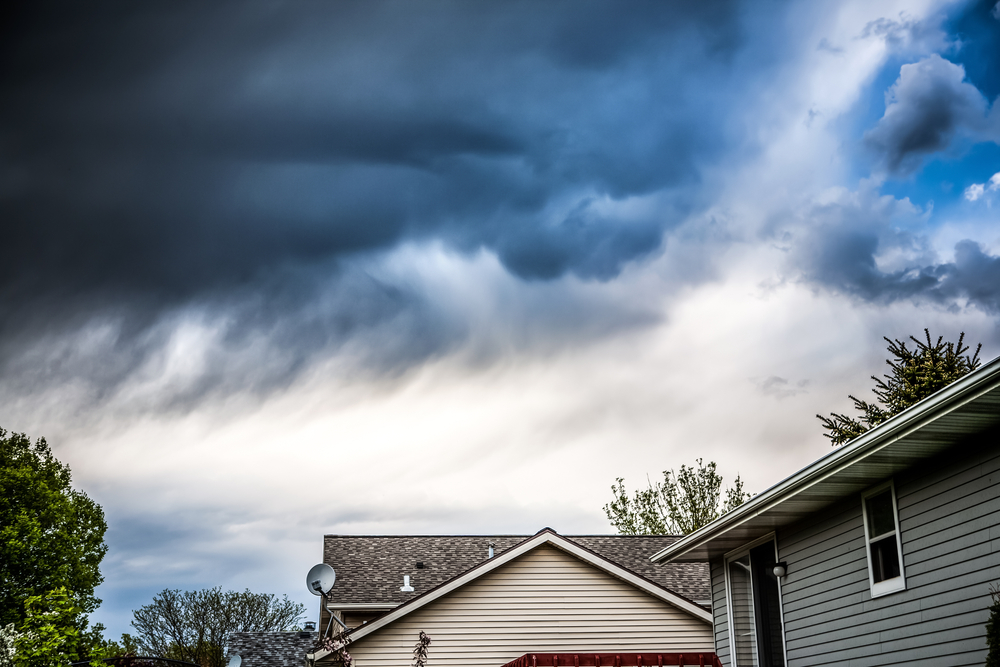Your roof is a vital part of your home that protects you from harsh weather conditions such as heavy rainfall, hail, strong winds, and snow. Unfortunately, these extreme weather conditions can cause significant damage to your roof, making it essential to take preemptive measures to safeguard it.
Heavy rainfall can harm your roof in various ways. When the roof’s drainage system fails, the water accumulates and creates a pond-like effect, leading to leaks. Moreover, heavy rain can exacerbate pre-existing leaks, causing extensive water damage.

To protect your roof from extreme weather, you can take several measures. Regular roof inspections can help identify potential issues and resolve them before they become significant problems. It’s advisable to have a professional inspect your roof at least once a year and after any significant weather event.
In conclusion, extreme weather conditions can cause significant damage to your roof, resulting in costly repairs. Regular inspections, proper maintenance, ventilation, upgrading roofing materials, and trimming surrounding trees are some measures that can help protect your roof from damage caused by extreme weather. By taking these steps, you can ensure that your roof remains in good condition, providing the necessary protection for your home.

